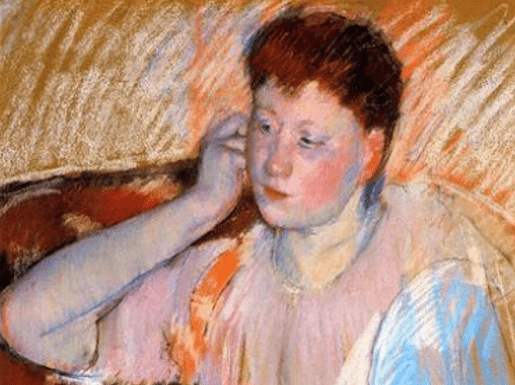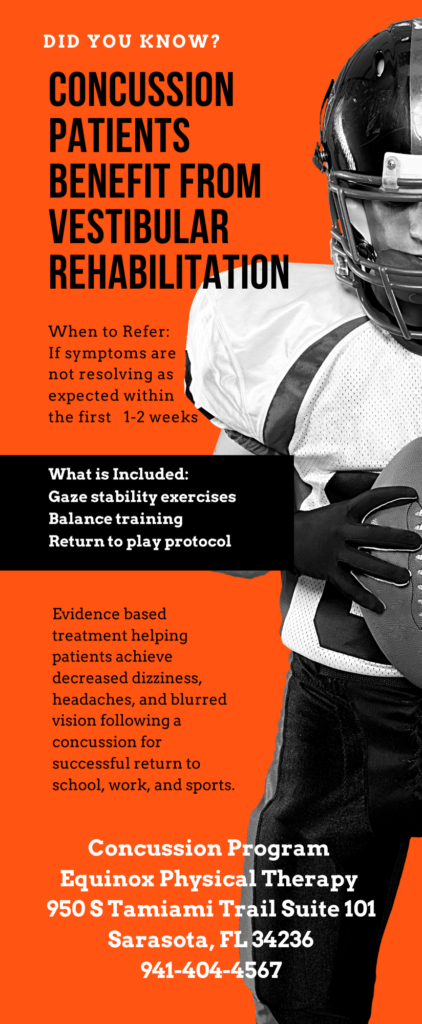Labyrinthitis is a condition that affects the inner ear hearing and balance system. It is caused by an infection to the inner ear that can result in temporary or permanent damage to the inner ear. Symptoms associated with labyrinthitis include complaints of severe and sudden vertigo, dizziness, nausea, imbalance, veering during ambulation, difficulty walking, and sensitivity to head motions. Patients who have had labyrinthitis may be sent to a physical therapist that specializes in treating inner ear problems. This therapy is sometimes referred to as Vestibular Rehabilitation. The therapist is sometimes referred to as a “vestibular therapist”. This therapy is very specialized. Vestibular therapists must go for specialized continuing education after completing their degree and obtaining their license, in order to become competent. My physical therapy practice in Sarasota, Florida specializes in treating people with vestibular inner ear problems.
When it comes to labyrinthitis, the good news is that it is not very common for a labyrinthitis to affect both ears. What does this mean for the brain? It means that the good ear is sending the full amount of information that it always did, but the bad ear is not. Testing by an audiologist can confirm how much information each ear is sending. Patients with labyrinthitis can lose up to 100% of their inner ear balance function, or just a portion. Testing for this is done with video nystagmography (VNG). For there to be considered a clinically significant difference in the two ears, one ear must show a reduced responsiveness to testing of at least 21% to 100%. Even if the bad ear is 100% damaged, with therapy the brain will adjust and learn to depend on the good ear, and whatever amount of information the affected ear is capable of sending. Once the brain recalibrates itself to this difference in information that it is receiving from each ear, the symptoms will stop. The patient will regain their balance, and no longer be dizzy, nauseated, or sensitive to movement. They will be able to turn their head quickly, turn quickly, bend over, walk and look to the side, and basically return to life as normal. For many people, this recovery happens on its own. As the person gets back to life as normal and resumes their normal activities, the brain gradually adjusts. That is why it is really important once you are over the worst of things that you start moving your head again, and become active! The patients that come to see me for physical therapy in Sarasota somehow were unable to make this transition on their own, and need a therapist to guide them in exercises and activities to help them recalibrate their balance system and get back to life as normal. In general, a person suffering from labyrinthitis should get completely better within 8-12 weeks of the proper therapy. If you are having these types of problems, please know that there are treatments that can help!
Clissa Turned Left with her Hand to her Ear, pastel portrait by Mary Cassatt, 1895.




